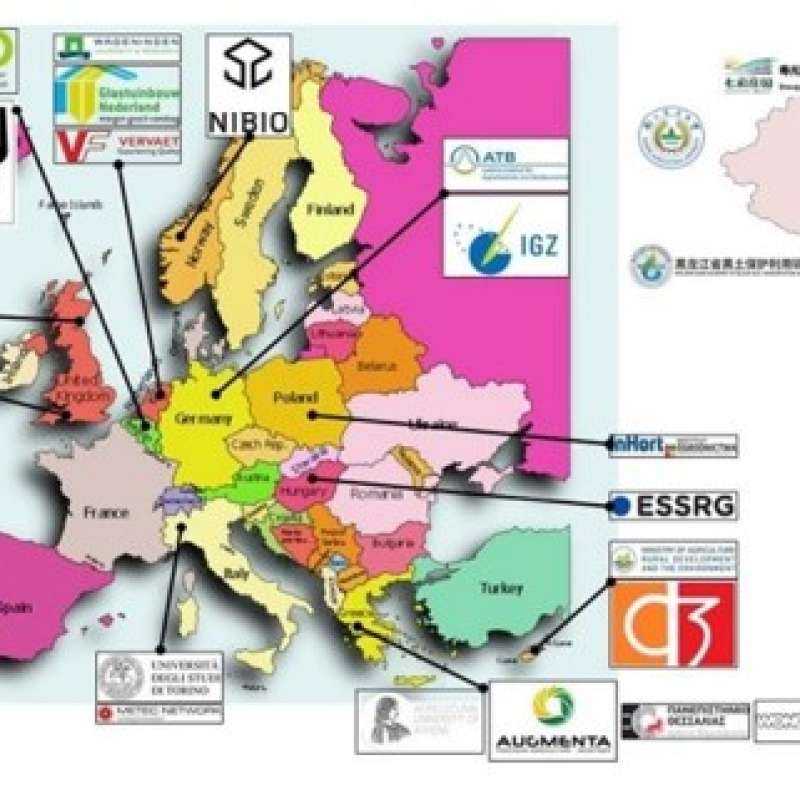Ingunn M. Vågen
Forsker
Forfattere
Ingunn M. VågenSammendrag
Fagforedrag om bønner og andre grønnsakbelgvekster ved Fagdag grønnsaker 2025 på Landvik
Forfattere
Ingunn M. VågenSammendrag
Presentasjon for ansatte med arbeidsområder innen landbruk og næringsutvikling fra landets fylkeskommuner
Forfattere
Ingunn M. VågenSammendrag
Intervju om etablering av forsøksfelt for vindruer ved NIBIO Landvik i Grimstad.

Divisjon for matproduksjon og samfunn
Kålrot med stabil indre kvalitet
Kålrot er en sentral grønnsak i den norske matkulturen til hverdags og fest. Kålrotdyrking er velegnet for relativt kjølige norske vekstforhold, men dette er blitt mer utfordrende i et varmere klima. I de siste årene har det vært oftere varme- og tørkeperioder om sommeren, med et økende problem med blant annet harde og trevlede kålrøtter. Dette har ført til forbrukerklager på dårlig spisekvalitet for Norsk kålrot, og er en utfordring for salg og konsum av norske kålrøtter.

Divisjon for matproduksjon og samfunn
ECONUTRI
Innovative concepts and technologies for ECOlogically sustainable NUTRIent management in agriculture aiming to prevent, mitigate and eliminate pollution in soils, water and air
